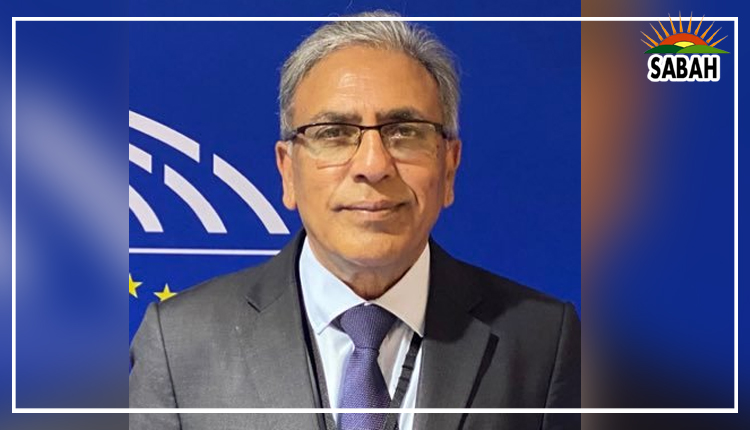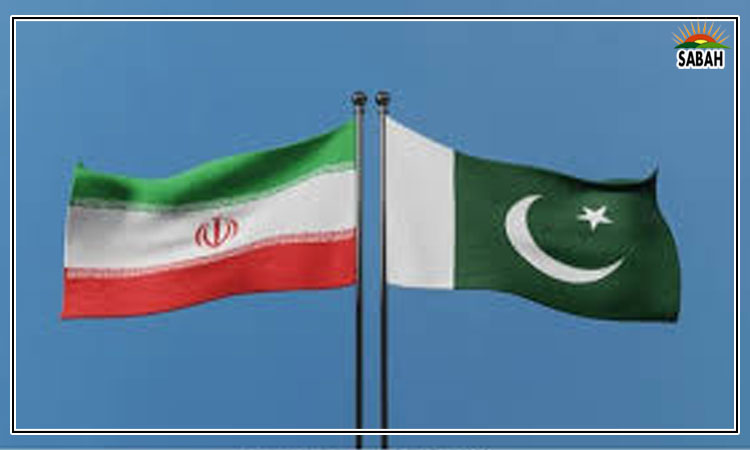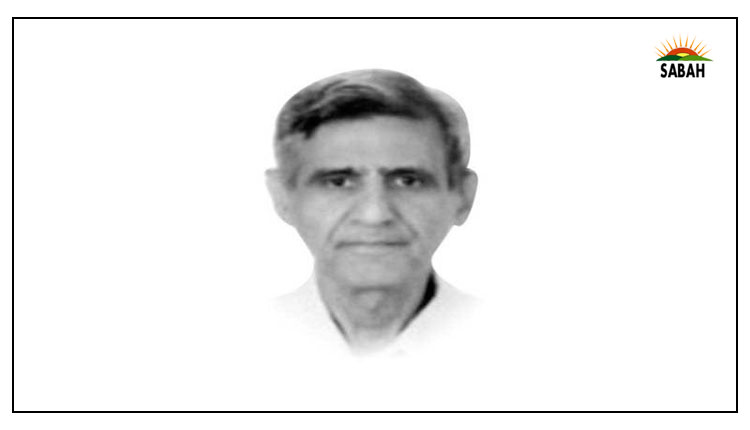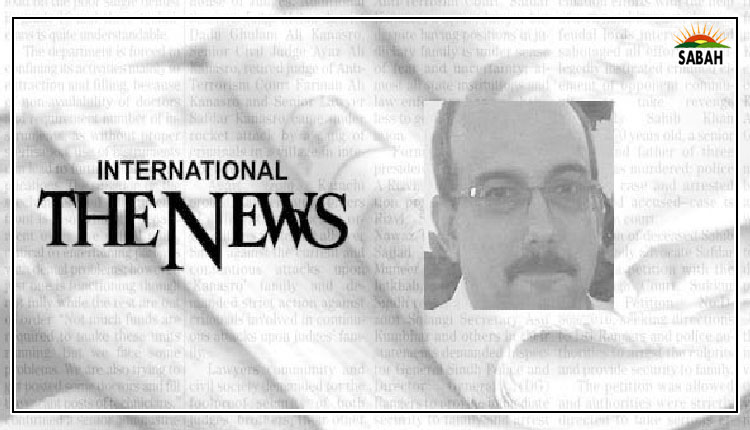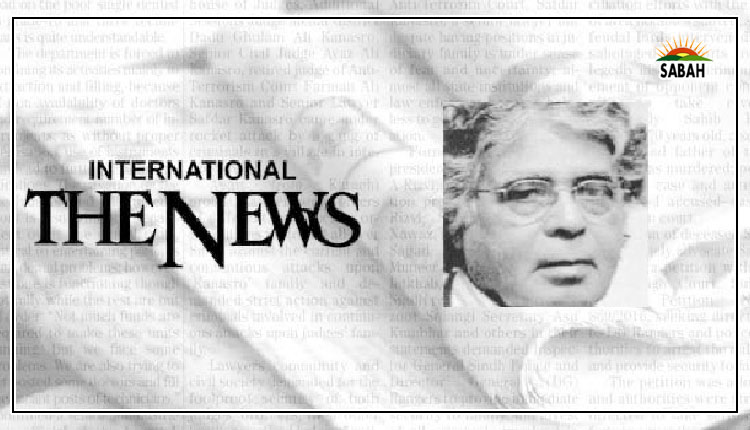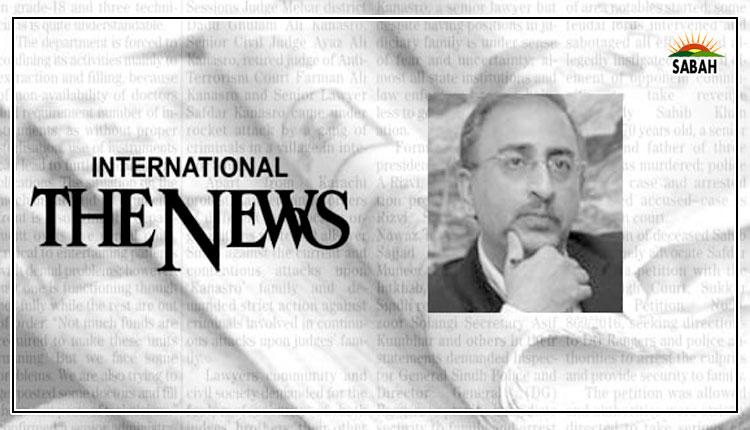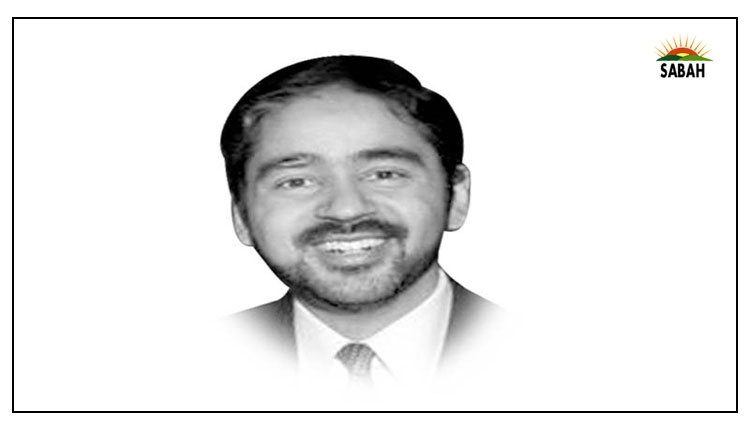The ‘what if’ questions …. Muhammad Hamid Zaman
During my PhD, I worked on computer simulations of biological systems and processes. The idea was to simulate how a system would develop, evolve or respond to changes in the environment. The reverse problem was also interesting: to start at a particular point, far into the future, and see what scenarios and conditions could allow the system from where it is now, to where it ought to be. In other words, what needs to happen, for the system to go from the proverbial point A, to B.
The specifics of my research have moved on from those simulations that I did two decades ago, but the idea of simulation — or perhaps imagination of a different state — has stayed with me. I try this in my classes. We start from where we are on some issue in health, policy or design, and imagine what it could be in years to come. From time to time, when I get to see my young nieces, nephews and children of friends in Pakistan, I play a version of this game with them. I ask: what should Pakistan look like in 2050? The second question builds on the first: now that you have described what it should look like, how do we get there?
The advantage of an arbitrary date like 2050 is that people know it is not tomorrow, so there is a runway to get things in order. A bigger advantage is that it forces my young relatives to think beyond their favourite messiahs — who by being well into their sixth or seventh decades of life — are unlikely to be around. So they have to go beyond the person and focus on the issues. What I hear from the youth is often inspiring — they talk about gender equity, a cleaner environment, safer cities, and plenty to eat for everyone. They are more interested in the things that really matter, than some arbitrary ranking of being #1 in one thing or another.
Inspired in part by my experience with my relatives, I thought that perhaps we could have a university course on imagining Pakistan in 2050, and let the students discuss their ideas — argue one way or another — and simulate a roadmap on how to get to the place they imagine. I am not interested in a political manifesto or the useless documents that foreign consulting firms create and charge millions of dollars. Instead, I wanted youth to guide the discussion. I reached out to two friends, both connected to the universities, and both familiar with the myriad challenges we face at the moment.
They both listened politely but said things that I had not expected. The first one was stuck on which department would offer this course, and who would teach it. Would it get approved by the department? Where would this fit in the curriculum? Would it be in history or anthropology? Political science or public policy? The bureaucratic aspect of offering the course was stopping this colleague from actual value of the course. The conversation did not go far.
The second voice was even more troubling. He said “let us imagine the course and the ideas” that the students may come up with. Would those ideas be palatable to us as a society, even as a hypothetical? At a time when it is difficult to speak and intolerance is deeply entrenched, even publicly imagining a different world is not without risk.
The conversation reminded me of Albanian author Ismail Kadare’s masterpiece, The Palace of Dreams, where the protagonist works in the Ministry of Dreams — a most important ministry created to analyse and interpret dreams of the citizens in the Empire to see if they may contain information about future disruptions to the state function.
My discussions with my colleagues were simultaneously disturbing and insightful. Disturbing for obvious reasons — but insightful because I recognised that maybe for some our own imagination is finding a ceiling. Whether it is getting stuck in “the process” or being worried about how others may perceive our dreams as threatening, we are no longer able to ask the ‘what if’ questions that are the foundation of a vibrant society.
Courtesy Express Tribune



